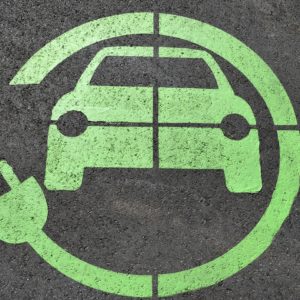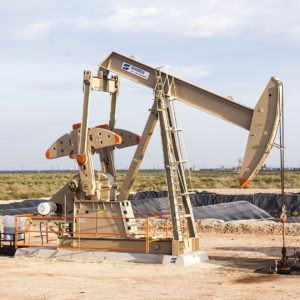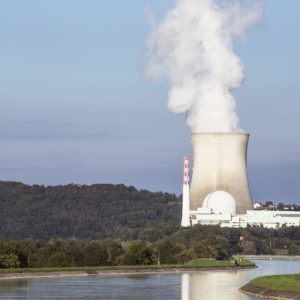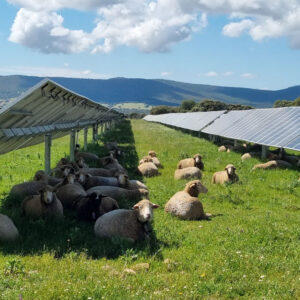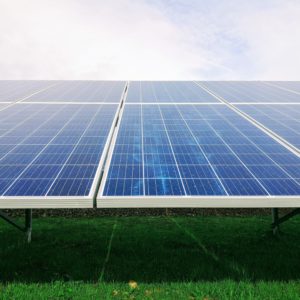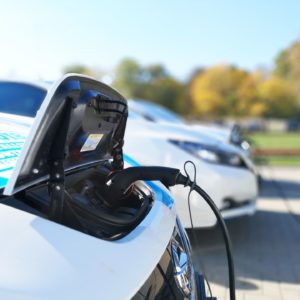"The big question, as always, is what happens next. BNEF’s energy storage team expects prices to closely follow the trajectory of raw material prices. We’re projecting pack costs will fall to $133/kWh next year in real 2023 terms. In the long-term, based on the same learning rate as the previous year, battery pack prices are expected to fall below $100/kWh in 2027."
Rare earth discoveries mean coal mines could have a key role to play in the energy transition
"In Scotland, researchers have been looking at how the water that’s flooded old, disused mines can be used to provide decarbonized heating to buildings."
Private Capital is Funding Conservation Across the Country
Private finance is directing its attention to funding conservation projects across the country, which is something that conservationists and conservatives can celebrate.
All Is Quiet in Oil Markets—for Now
"Despite roiling the region politically, the war between Israel and Hamas doesn’t threaten supplies directly. That would change if the war were to spread or expand into areas housing the infrastructure—production facilities, tankers and pipelines—that enables the flow of oil and gas. About 21 million barrels of oil pass through the Persian Gulf and Strait of Hormuz daily, along with substantial amounts of liquefied natural gas. Since the U.S. shale revolution, the bulk of those supplies now head to Asian markets."
US, UK Lead Pledge to Triple Nuclear Power by 2050 at COP28
"The declaration is the latest sign of shifting sentiment toward nuclear power, which doesn’t produce carbon dioxide emissions, but has often been criticized over the waste it generates, the cost of building plants and potential security issues. Support has gained traction especially as clean back-up for renewable energy sources such as wind and solar. The countries will also commit to new technologies, such as small modular reactors."
Why oil majors Shell and BP are combining solar energy and agricultural production
"Today, the U.S. has about five gigawatts of agrivoltaic projects, encompassing more than 35,000 acres across over 30 different states. While this only represents about 3% of the country’s installed solar capacity, it’s a growing industry, and farmers are taking note."
Amazon Expands Renewable Portfolio With Solar Farm at Reclaimed Coal Mine
"The second project in Maryland will be built in Kent County. The Amazon Solar Farm Maryland—Morgnec, which could have as much as 45 MW of generation capacity, is one of Amazon’s first agrovoltaic solar projects. The installation will use bifacial solar panels to harvest the sun’s energy, while at the same time allowing for the land beneath the panels to be used for growing crops."
Exxon Makes Lithium Play in Long-Term Bet on EV Demand
"The lithium industry, if it continues to grow in southwest Arkansas, is expected to bring thousands of jobs to a corner of the state that was in decline for decades after the 1980s oil crash. Thousands moved away as the region’s oil wells dried up and big plants closed."
Economic and Environmental Lessons from the United States
Later this month, world leaders will gather at the annual United Nations Climate Change Conference or COP28. As with most economic policy questions, this topic is being driven forward by the United States.
Economic and Environmental Lessons from Switzerland
The way to unlock the power of society and the private sector is by giving people the freedom to innovate.
